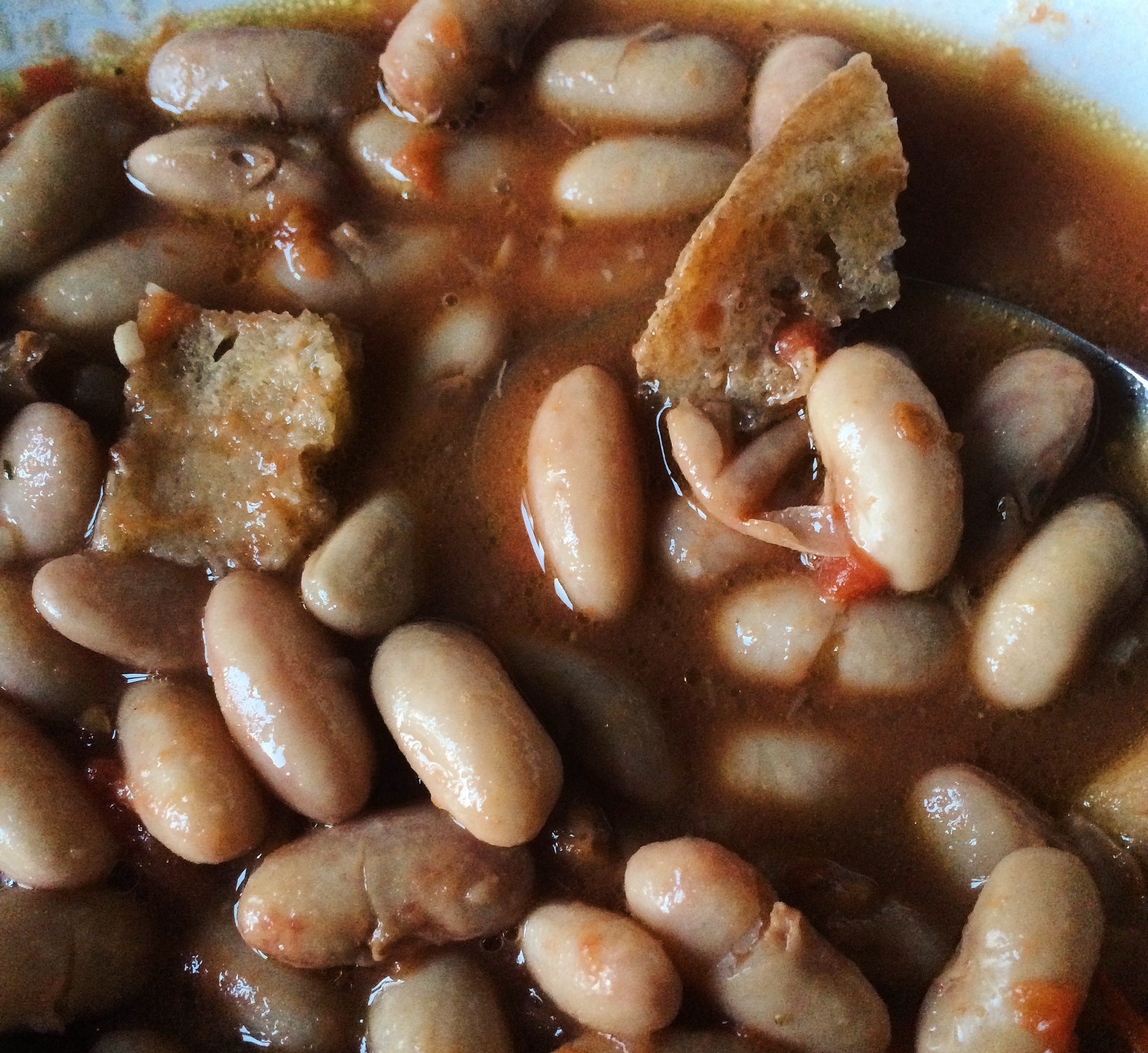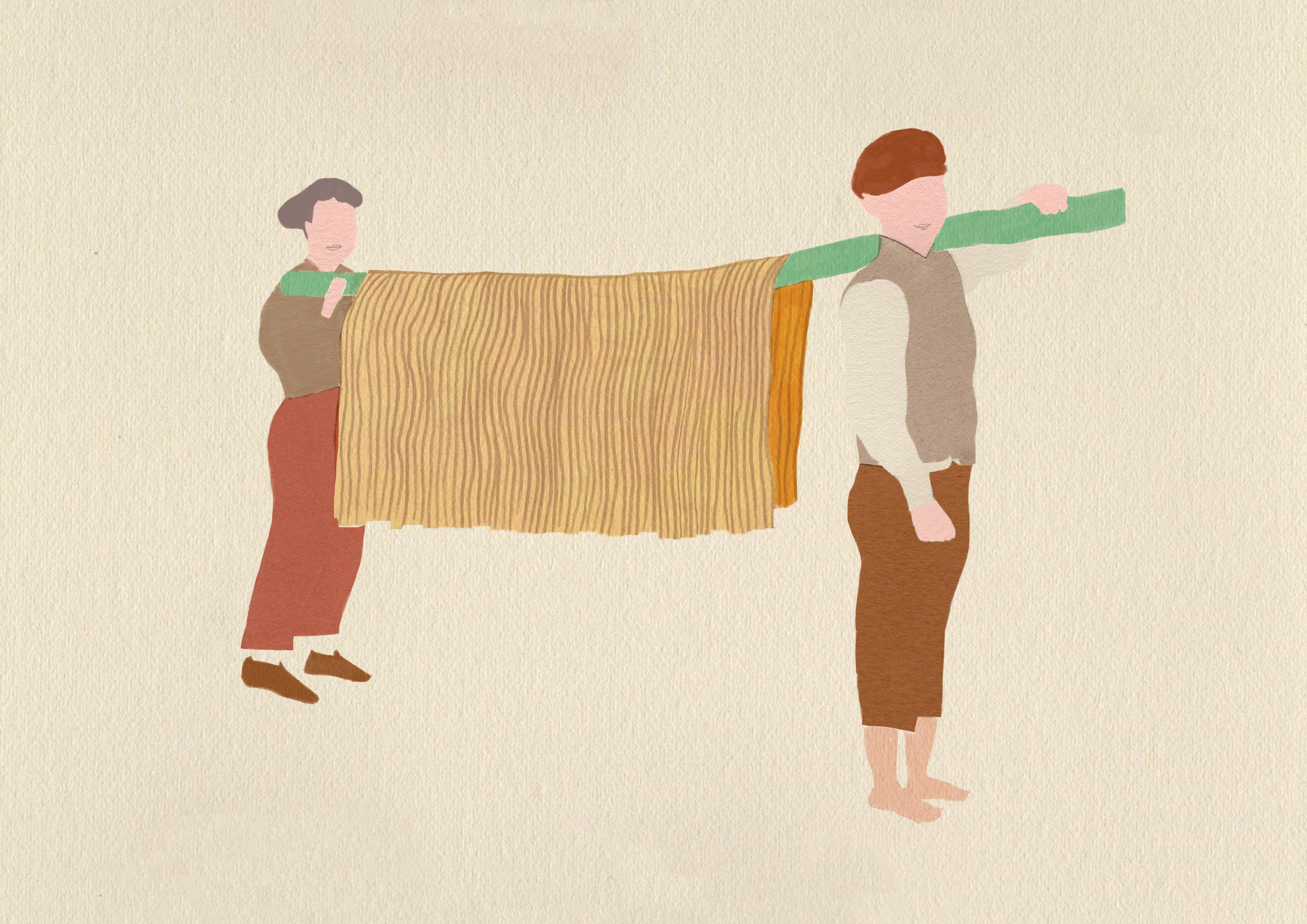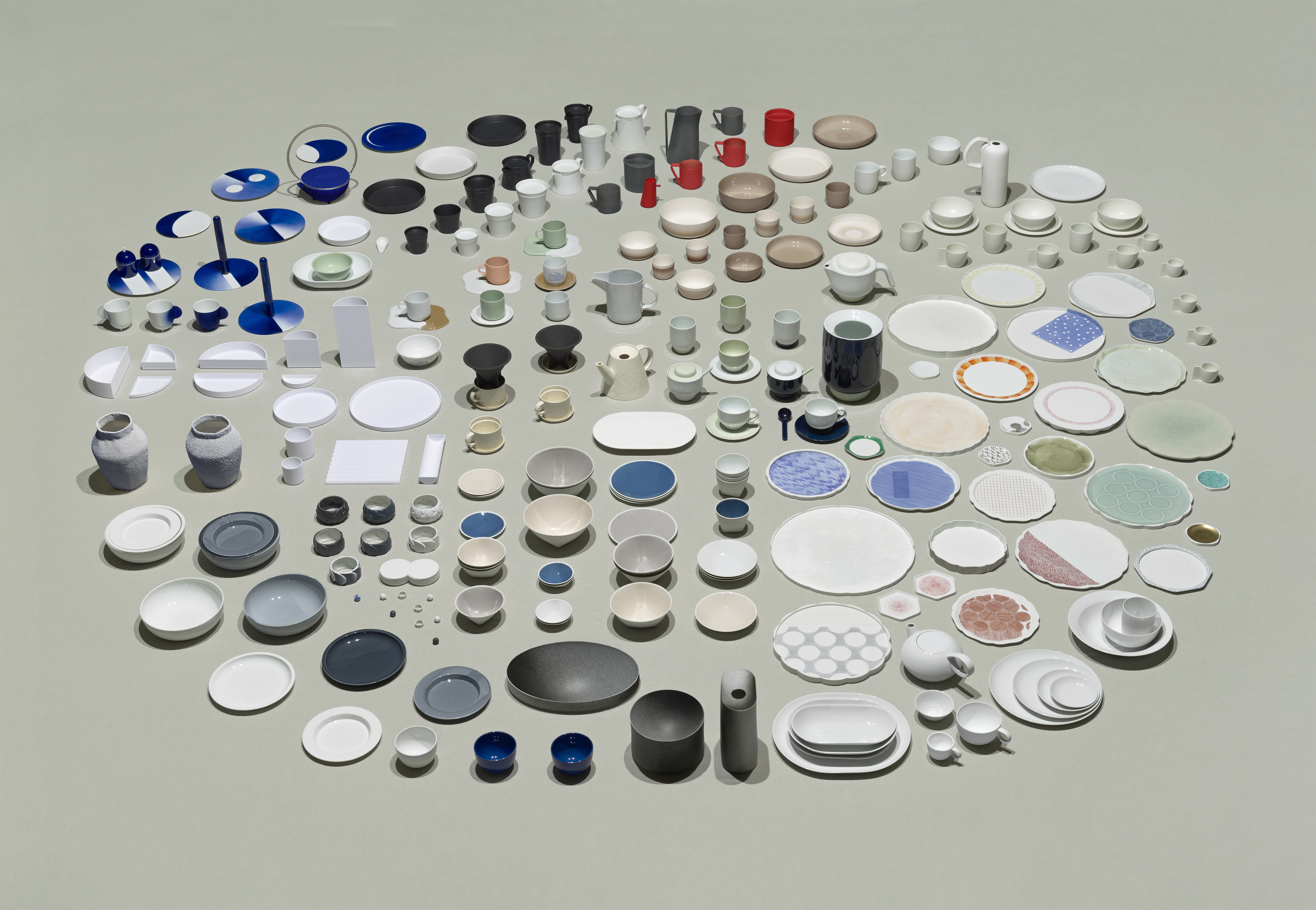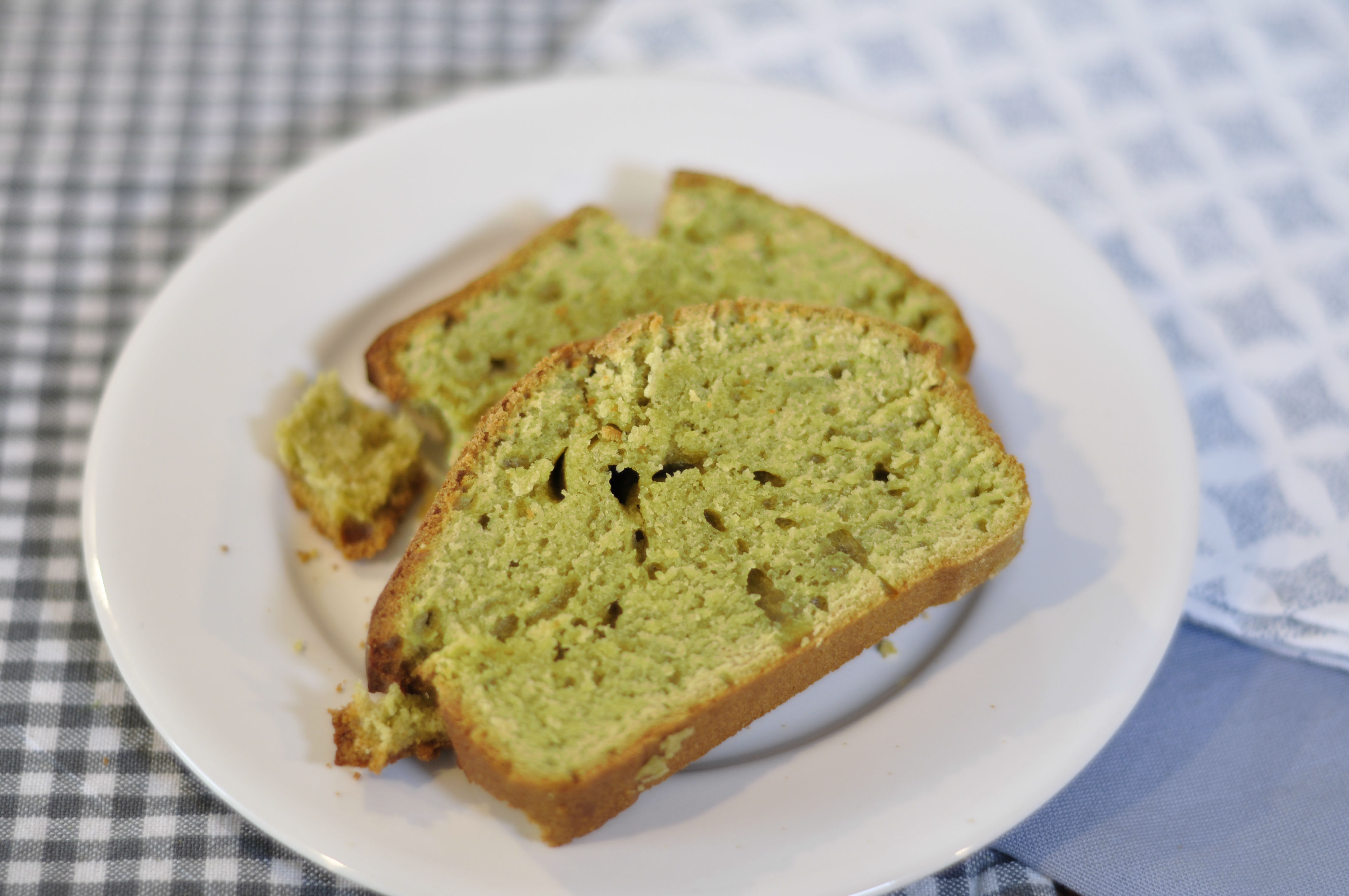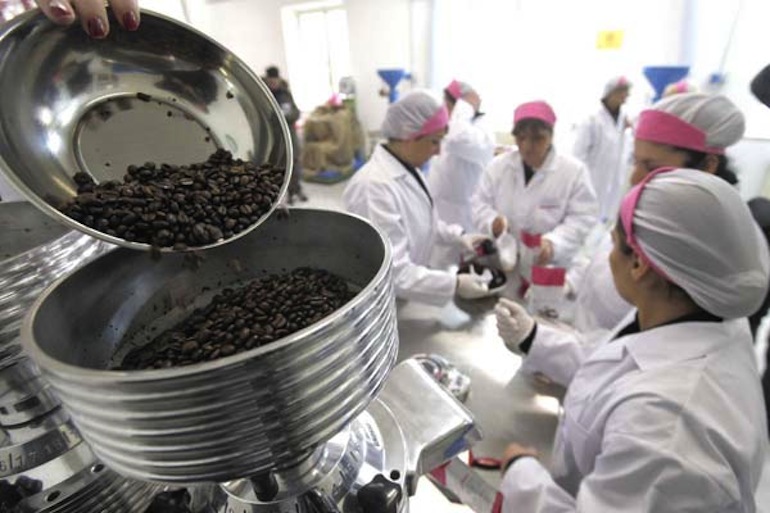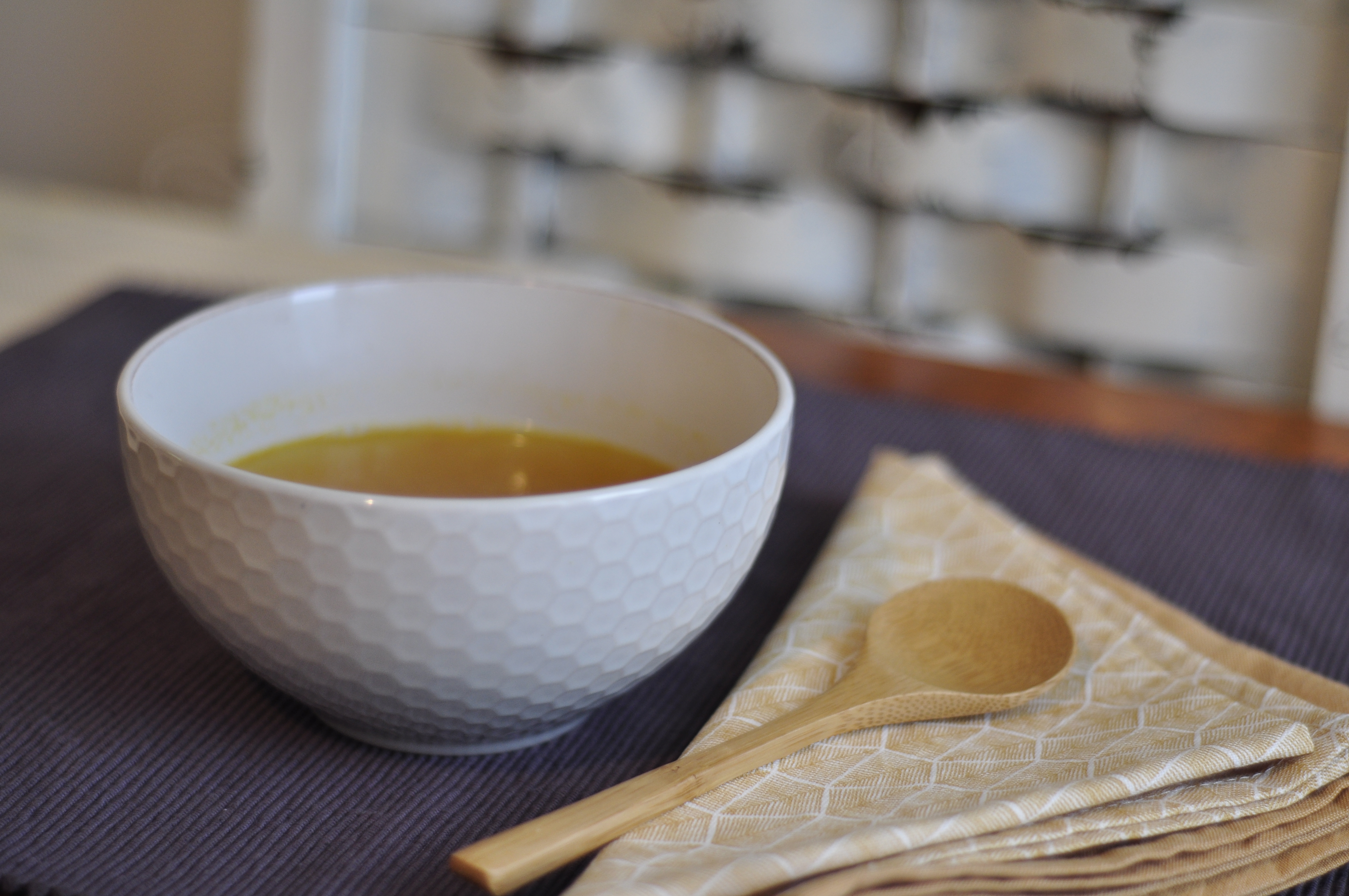Summer: fresh beans season, time to sit on a porch overlooking the sea with a bag of full pods on one side and a bowl on your knees.
If you (like me) don’t have a sea view nor a porch on hand, go buy some fresh beans and find some consolation in fagioli alla maruzzara, a very simple and fulfilling recipe from the most traditional repertoire of Neapolitan cuisine.
Latest Posts
Gragnano: Made For Pasta.
Making pasta is easier said than done. Ask the French website lambasted for defiling the recipe of pasta alla carbonara in a recent video that ignited international outrage before being removed by popular demand. Don’t mess with the sacred things in life!
There are places where this typical Italian food is taken very seriously. As Soup As Possible travelled to the Italian town of Gragnano, allegedly the capital city of pasta, to see how it’s made.
Carciofo Alla Giudia: When In Rome, Eat Artichokes!
Never take the good things for granted, especially when they’re your favourite food!
I lived a spoiled life in the world’s biggest artichoke garden without even knowing, until I moved to an artichoke-deprived land in 2012.
Read More
Piedmont’s Cuisine With Pierpaolo Livorno
This week As Soup As Possible takes you on a trip to Bra, Northern Italy, to discover Piedmont’s cuisine.
The Piedmont region is one of the greenest in the country and the second largest after Sicily. Its majestic landscapes hold treasures of taste for foodies and wine lovers. Read More
Arita Porcelain Today.
In case you were wondering how to dish up the matcha cake you just baked, and you happen to be in Amsterdam, I would recommend visiting Arita Porcelain Today for some inspiration.
Japanese porcelain has been on European tables for centuries; this exhibition will plate up some food for thought too.
Arita Porcelain Today – in the Asian Pavillon of the Rijksmuseum in Amsterdam until October 9th 2016 – conjugates traditional and contemporary design while celebrating the 400 years old cooperation between the creative industries of The Netherlands and Japan.
The design project behind the exhibition originates from the collaboration between the Dutch design duo Scholten & Baijings and Japanese designer Teruhiro Yanagihara.
Over the past two years, they coordinated sixteen designers from Europe, America and Japan and ten porcelain companies from the province of Saga, Japan, to create a 300 pieces contemporary porcelain collection using traditional methods.
The aim was to revive and celebrate ancient knowhow and traditional craftsmanship from the Southern Japanese town of Arita, where Japanese porcelain industry originated in the 1610s.
The flood of low cost ceramic imports in recent years struck the porcelain-based economy of the province, leading to the closure of many traditional potteries.
To respond to this crisis, Saga Prefecture in Japan launched a series of projects to celebrate 400 years of Arita porcelain. For one of them, they reached out for the Netherlands, Japan’s long-term partner in trade.
The result is a cluster of collections gathered under the new brand 2016/, that will be on the market in November this year and is currently hosted by the Asian wing of the Rijksmuseum.
Items from 2016/ – first presented during Salone del Mobile in Milan in April – are exhibited alongside centuries-old artworks from the Rijksmuseum permanent collection.
“The visitor can get confused – said Taco Dibbits, Director of Collections, during a press preview – but it doesn’t matter: good art is good art”.
Europe has relied largely on imported porcelain until the XVIII century. Marco Polo was the first to introduce this Chinese invention in Europe, but it was only with the popularisation of hot drinks like coffee, tea and chocolate that porcelain started to become an everyday commodity only .
Since the XVI century, the Dutch East India Company established a monopoly on Chinese porcelain, with Delft becoming the main trading center.
 European demand boosted the industry in Arita, Japan, where two main styles – Imari and Kakiemon – developed.
European demand boosted the industry in Arita, Japan, where two main styles – Imari and Kakiemon – developed.
Kakiemon porcelain in particular spread widely in royal palaces and inspired the design and decoration of porcelain made in Europe.
Inter-cultural influences between Dutch Delftware and Japanese Aritaware are clear in the motifs that spread in the two countries, with Dutch figures and Dutch-related subjects appearing on vases and bowls during the existence of the Dutch East India Company and Japanese-looking patterns started to be featured on the typical blue Dutch porcelain.
The designers involved in the 2016/ project found beautiful ways to apply traditional materials and techniques to modern design, research and functionality.
Hopefully hybridisation will do the magic again, redesigning tradition, making ancient knowledge relevant again and infusing new energy into Arita porcelain industry and community.
Featured picture: 2016/ Scholten & Baijings. Photography Scheltens & Abbenes
Matcha Cake with Yuki. A Student Recipe.
Why accept a piece of (matcha) cake, when you can have (both the cake and) the recipe?
When I started giving away my sourdough starter, last winter, I didn’t expect it to become such a surprising way to connect with people of all paths of life. In weeks, I saw my Elvira being kneaded into beautiful breads of all shapes and types by the hands of many friendly strangers. One of those pairs of hands was Yuki’s.
Read More
Coffee and Cake (from Jail with Taste).
Last week I showed you where to have a great meal in jail. I wouldn’t be living up to Italian hospitality rules if I didn’t offer you dessert and coffee after lunch.
As Soup As Possible met Pasticceria Giotto and Caffé Lazzarelle to tell you how they’re made in jail.
InGalera. That time I went to jail.
Piconi (a Somewhat Cosmic Recipe)
I hate to break it to you, but there’s no such thing as Italian cuisine…
Ok, perhaps that’s a bit of a stretch, but let me clarify with a recipe that will make ripples in the fabric of space-time: piconi ascolani, brought to you by theoretical physicist Giuseppe D’Ambrosi (with a gravitational waves topping).
Read More
Two Indian Recipes – part II: Rasam.
Being surrounded by coughing people and feeling a tad under the weather myself, I feel in the perfect mood to present you with a flu-busting soup, the second of Nina Subramani’s Indian recipes for As Soup As Possible YouTube channel.
Let her Kitchen Story warm your stomach and entertain you with this spicy and distinctively South-Indian takkali rasam with toor dal.
Read More

